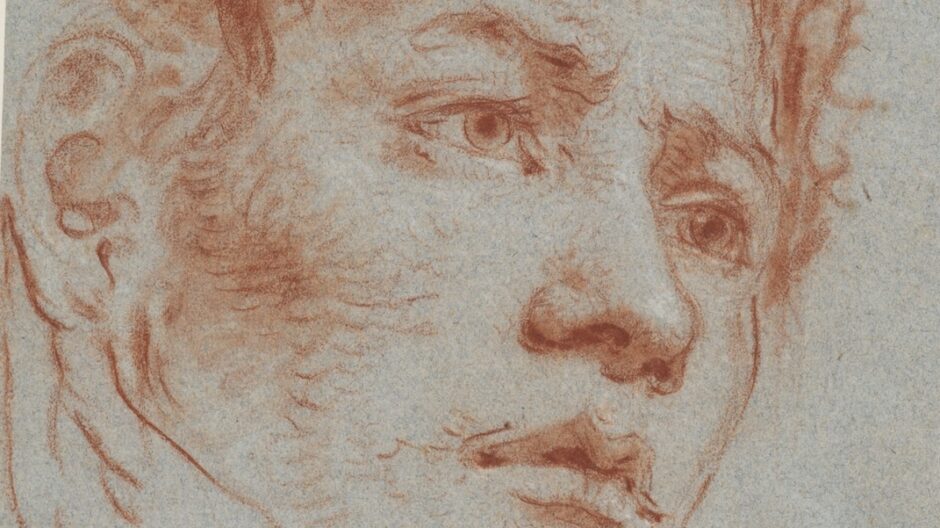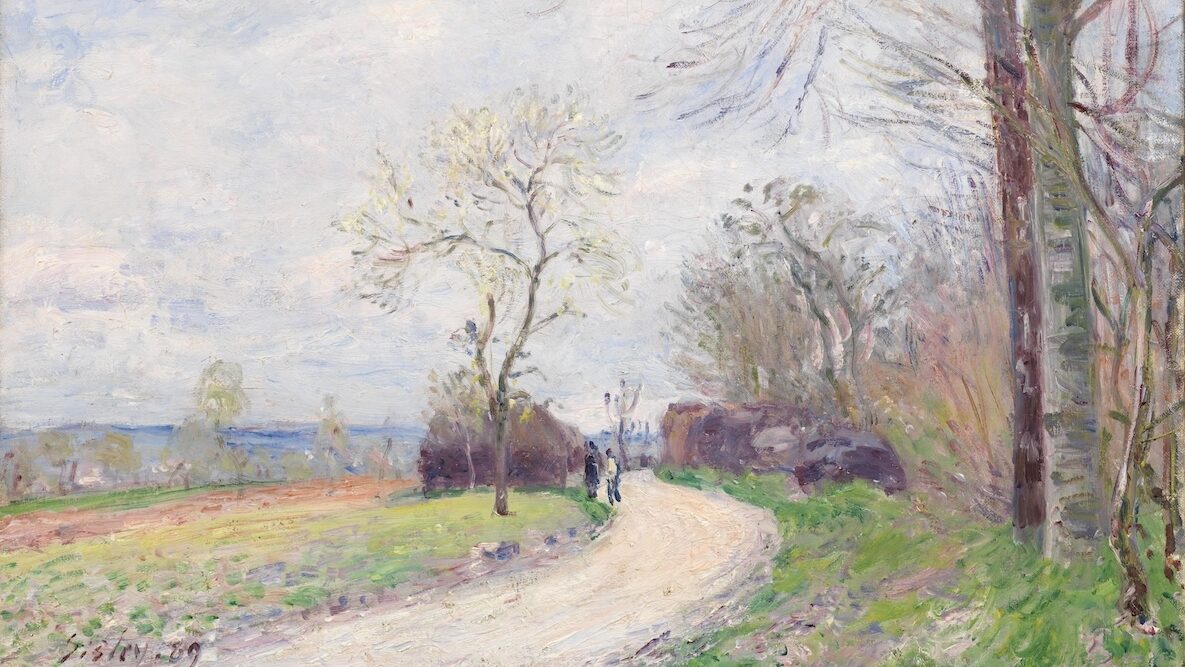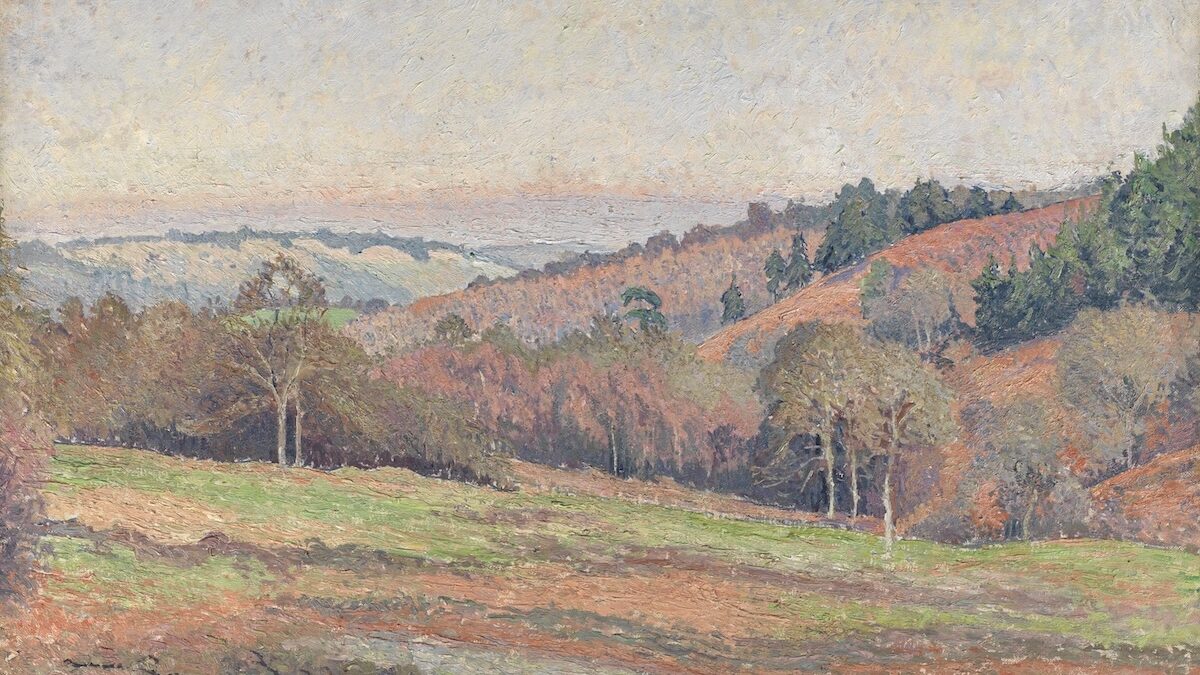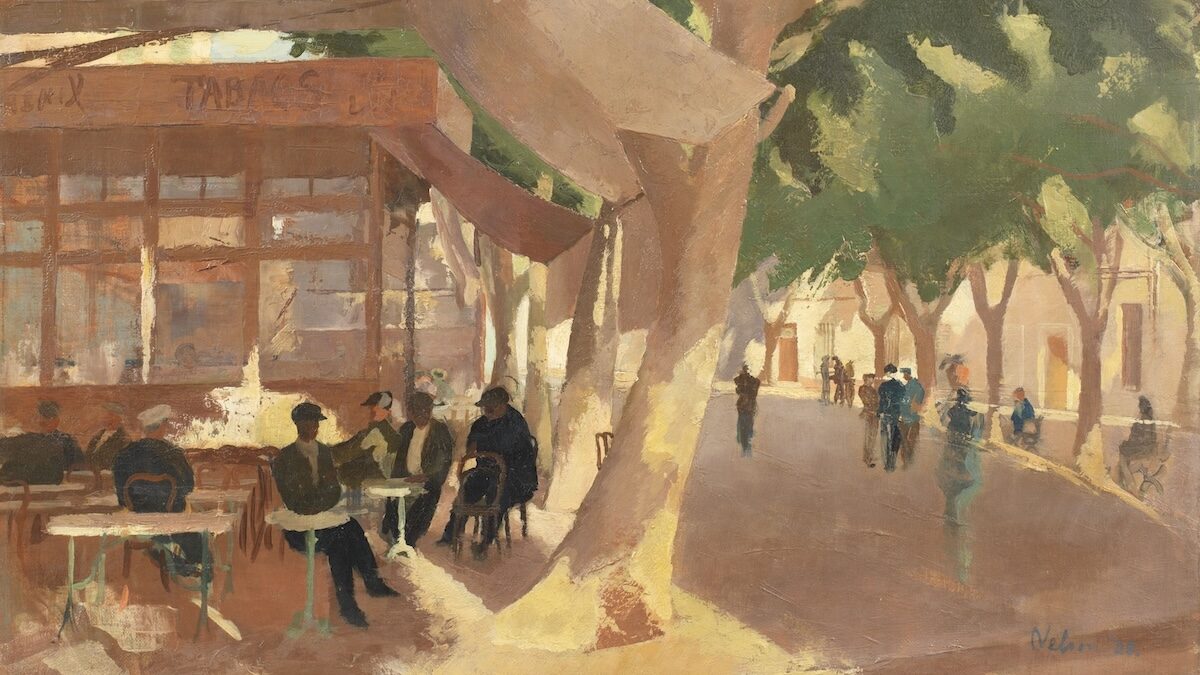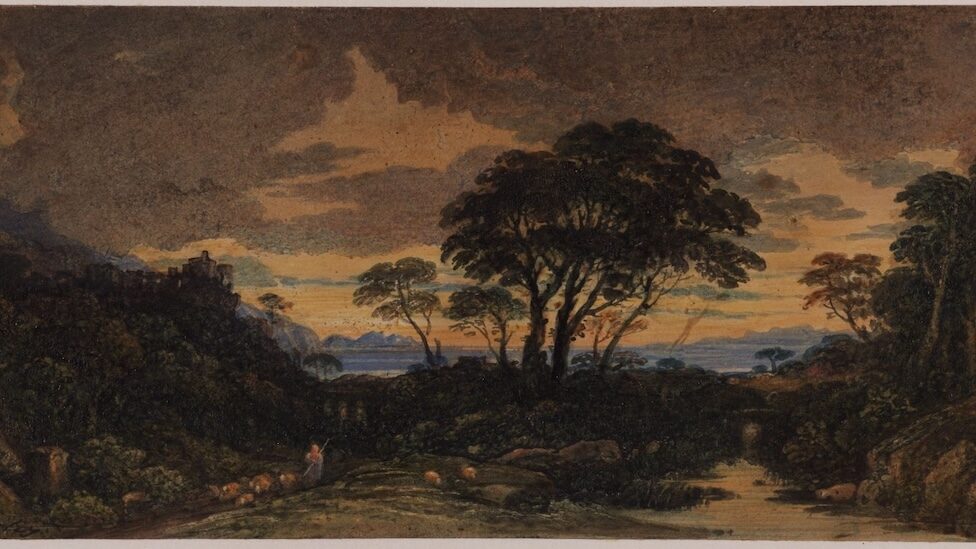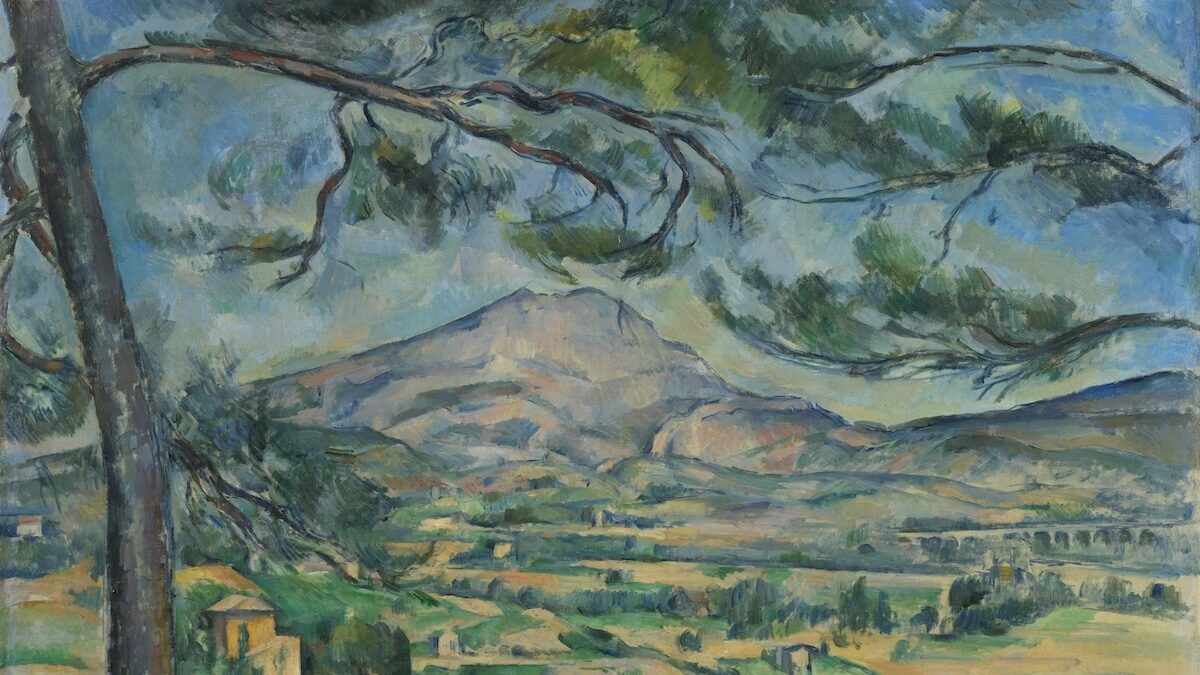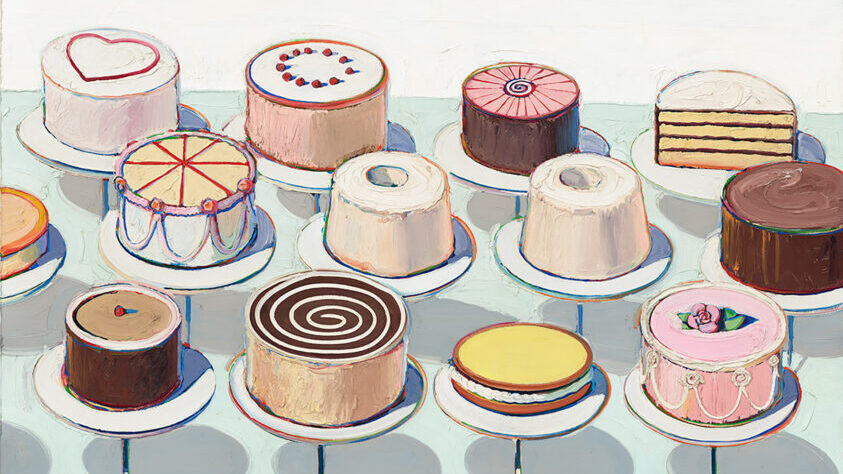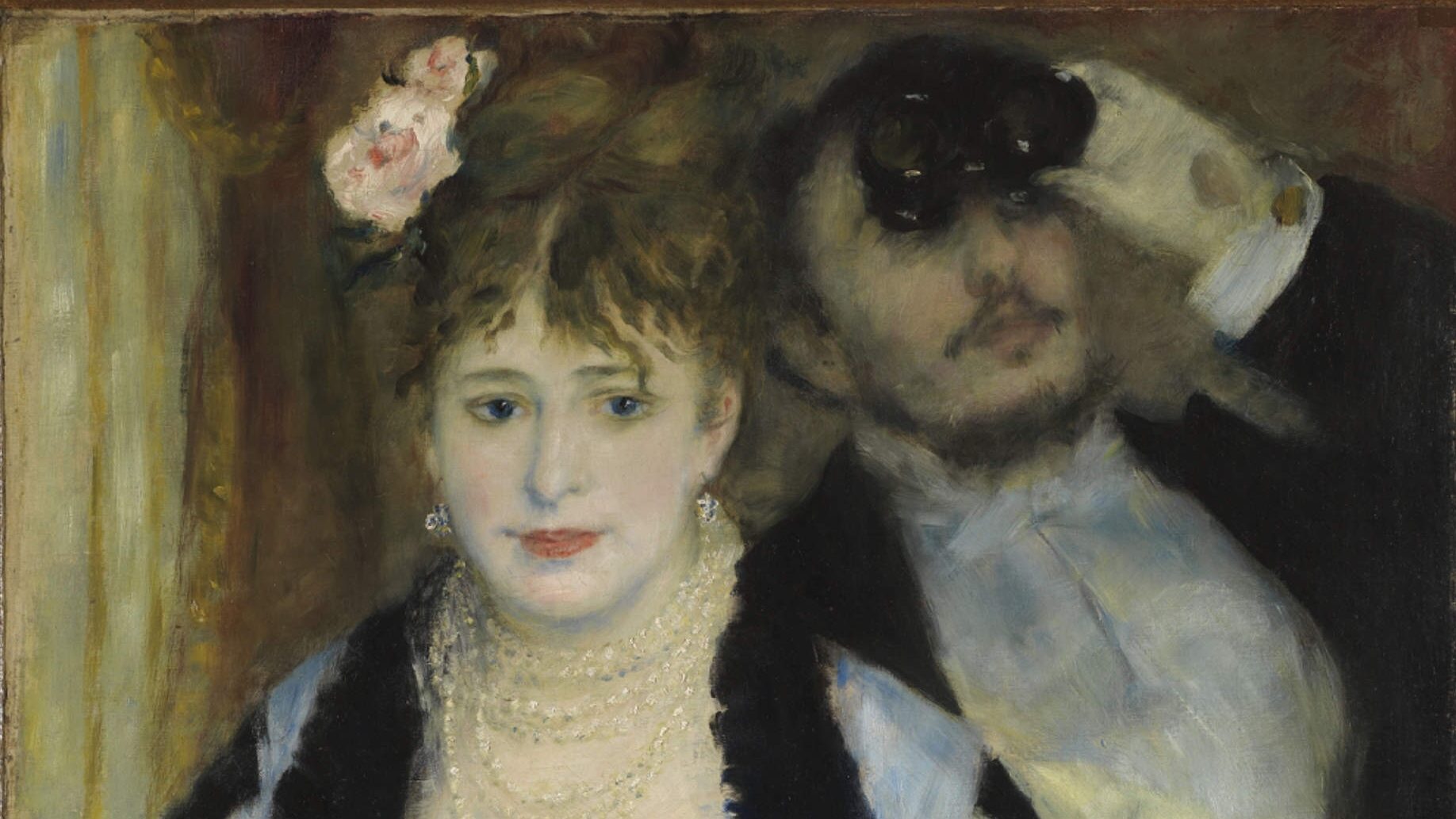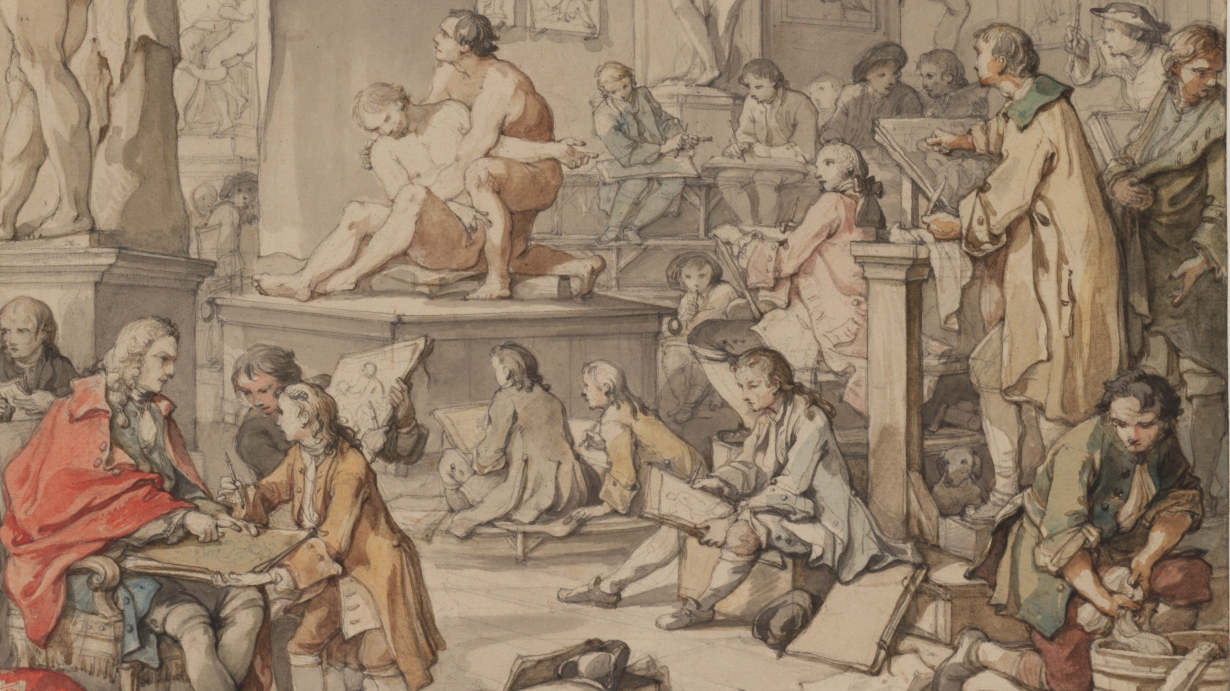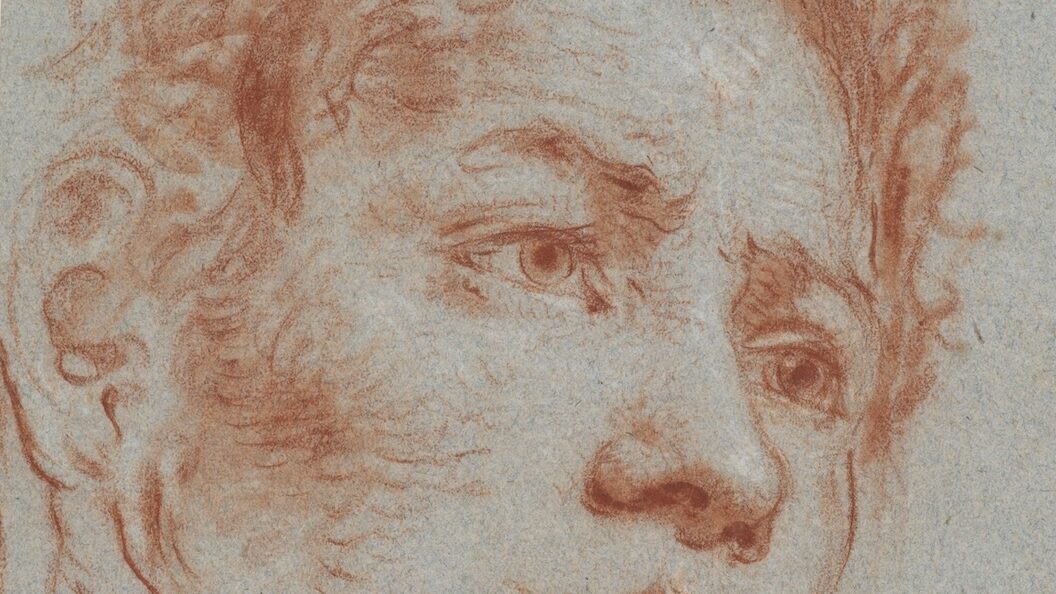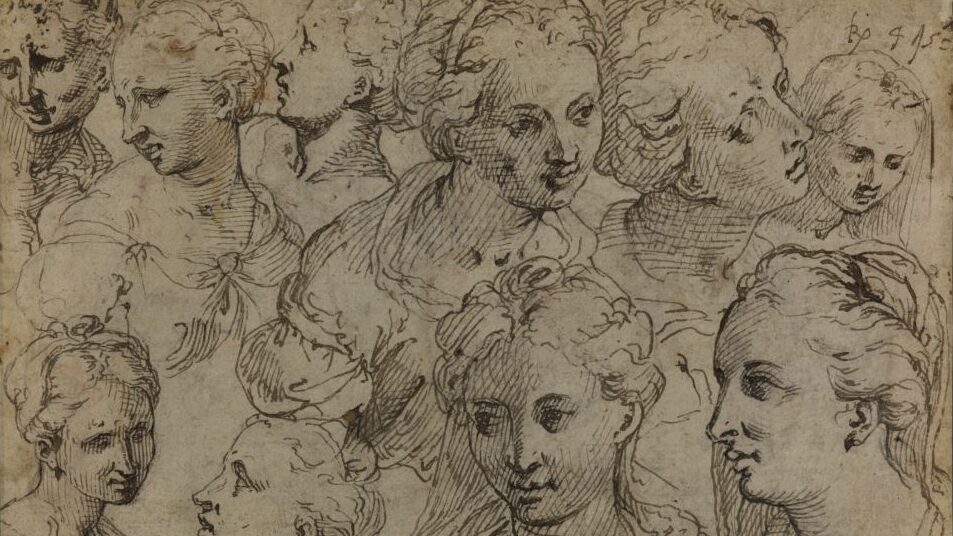Our Short Courses share The Courtauld’s expertise with anyone interested in art and art history. Courses present up-to-date art-historical thinking, often including our lecturers’ current research, and are led by experts chosen for their academic excellence, enthusiasm, and the ability to communicate with diverse audiences.
Taught both in person and online, and covering a global range of historical periods and art-historical themes, the Short Courses programme has much to offer to both newcomers to the subject and to participants with existing knowledge and interests. We mostly teach in small groups to facilitate discussion. The only pre-requisite to participation in our courses is a passion for the visual arts and for art history, along with a good command of the English language.
You can explore our full programmes below.
Next up: Our Summer School on campus begins 23 June and runs through to 18 July. Selected spaces remain. Book your place here: https://courtauld.ac.uk/short-courses-2025/summer-school/summer-school-on-campus/
If you have any questions, please contact us at short.courses@courtauld.ac.uk
